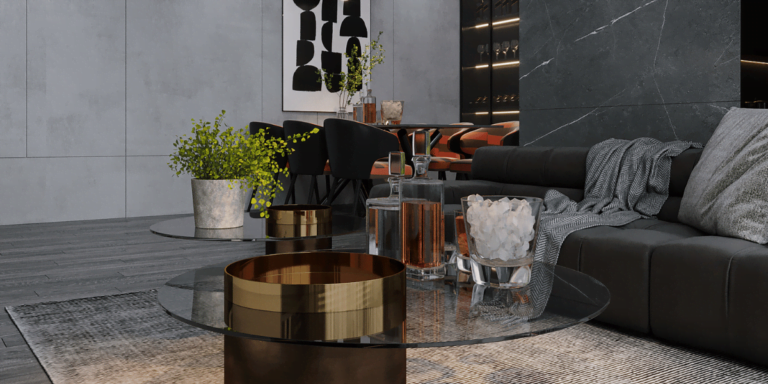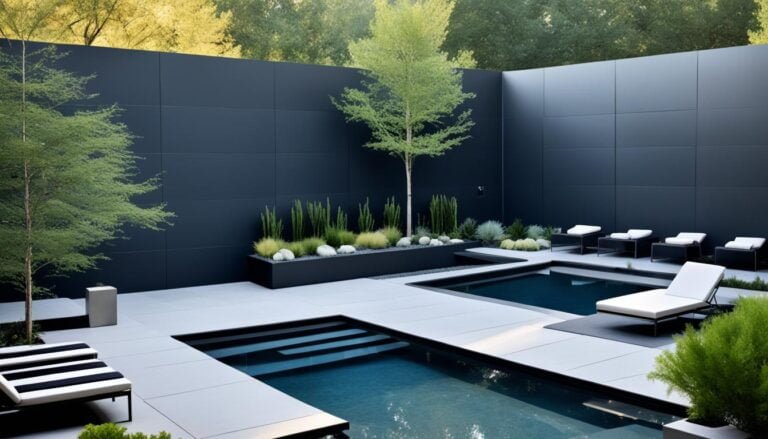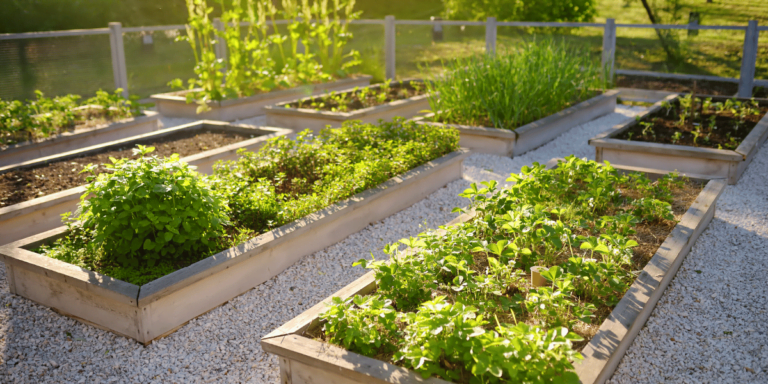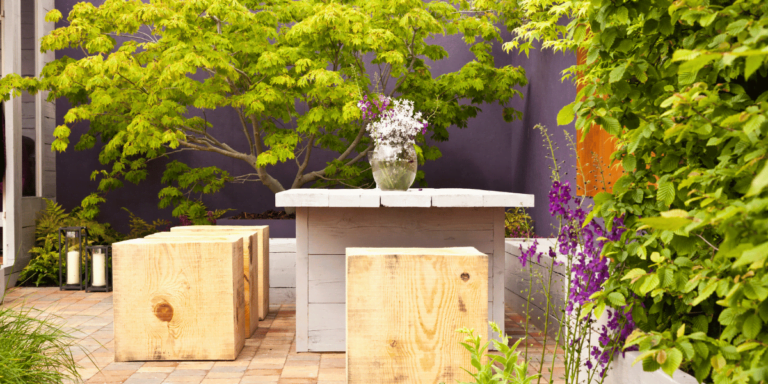Introduction
The Indoor Bamboo Palm, a charismatic staple in the world of indoor plants, has long been celebrated for its resilience and tropical allure. As both a decor statement and a testament to the art of indoor gardening, this palm brings a touch of the tropics to any living space. In this review, we delve deep into the ins and outs of nurturing this beautiful plant, ensuring it thrives and graces your home for years.
Bamboo Palm Indoor Plant Details
| Specification | Details |
|---|---|
| Common Names | Reed Palm, Bamboo Palm, Clustered Parlor Palm |
| Botanical Name | Chamaedorea seifrizii |
| Family | Arecaceae |
| Plant Type | Evergreen, Perennial |
| Mature Size | Up to 7 feet tall indoors. In natural habitat, can reach 10 feet. |
| Sun Exposure | Partial shade to full shade |
| Soil Type | Well-draining potting mix. Preferably with peat moss and sand. |
| Soil pH | Neutral to slightly acidic (6.1 to 6.5) |
| Bloom Time | Spring to early summer (Blooming is rare indoors) |
| Flower Color | Yellow (though inconspicuous and not the primary aesthetic appeal) |
| Hardiness Zones | 10-12 (Best as an indoor plant in cooler climates) |
| Native Area | Central America, primarily Mexico and Guatemala |
This table provides a concise yet comprehensive snapshot of the Bamboo Palm’s specifications, allowing both novice and experienced gardeners to understand its fundamental requirements and characteristics. Armed with this knowledge, one can better cater to the Bamboo Palm, ensuring its vibrant and healthy growth.
Plant Care
As with all plants, the Bamboo Palm flourishes best when given a good foundation. To comprehend its needs, one should familiarize themselves with the plant’s native environment. Hailing from the understoreys of tropical rainforests, it craves a balance of sunlight and shade, consistent moisture, and well-draining soil. A proactive approach to its care will keep it in its prime.
Light
While the Bamboo Palm appreciates light, it doesn’t demand direct sunlight. In fact, too much direct light can scorch its fronds. Aim for filtered sunlight or partial shade, making it an ideal choice for rooms with large windows or semi-shaded spots. The key is to strike a balance – enough light to fuel its growth, but not so much that it becomes detrimental.
Soil
This tropical beauty thrives in well-draining soil. A potting mix designed for palms or a general-purpose potting soil amended with perlite or sand to increase drainage will work wonders. Ensure the pot has drainage holes; stagnant water at the roots can lead to root rot – a nemesis for many indoor plants.
Water
While it’s essential to keep the Bamboo Palm’s soil moist, it detests waterlogged conditions. Always allow the top inch of soil to dry out between waterings. This will largely depend on the humidity and temperature of its surroundings. Using room-temperature water, water the plant thoroughly, ensuring any excess drains away.
Temperature and Humidity
Native to tropical regions, the Bamboo Palm relishes warmth and humidity. A temperature range of 65-75°F (18-24°C) during the day and a slightly cooler temperature at night is ideal. As for humidity, while the plant is quite adaptable, it flourishes in higher humidity. Mist it occasionally or place a humidifier nearby, especially during dryer months.
Fertilizer
Feed your Bamboo Palm with a balanced liquid fertilizer every 4-6 weeks during its growing season (spring and summer). In the dormant months (fall and winter), reduce feeding to once every 8-10 weeks. Over-fertilizing can lead to salt buildup, which can harm the plant. If you see brown tips on the fronds, consider flushing the soil to remove excess salts.
Pruning
Pruning isn’t just for aesthetics; it’s also a health measure. Regularly remove dead or yellowing fronds to encourage new growth and maintain the plant’s vigor. Use clean, sharp scissors or pruners to make clean cuts, ensuring you don’t damage the main stem.
Overwintering
As winter approaches, your Bamboo Palm’s growth will slow down. It’s essential to reduce watering frequency and hold off on fertilizing during these colder months. If you’re in an area with harsh winters and you’ve kept your palm outdoors, bring it inside to avoid the cold snaps, which can damage or even kill the plant.
Propagating Plant
For those looking to multiply their Bamboo Palm, propagation via seeds is the most common method. While it’s a slower process, the thrill of raising a palm from seed to full-grown plant is incredibly rewarding. Ensure you use fresh seeds and provide them with the right conditions – warmth, moisture, and patience.
Quickly Declining
If you notice your Bamboo Palm declining rapidly, there might be several culprits – overwatering, insufficient light, or pests like spider mites. Always check the plant’s environment and ensure it aligns with its needs. Immediate corrective action can often save the plant and return it to its former glory.
Types of Indoor Bamboo Palm
The term “Bamboo Palm” usually refers to several species within the genus Chamaedorea, especially Chamaedorea seifrizii and Chamaedorea elegans. These species have a similar bamboo-like appearance:
- Chamaedorea seifrizii (Reed Palm): Known for its slender, bamboo-like stems, this species is popular for indoor use because of its tolerance to shade.
- Chamaedorea elegans (Parlor Palm): A smaller, more compact variety, often found in homes and offices due to its adaptability and low-light tolerance.
Common Pests & Plant Diseases with Solutions
- Spider Mites: These tiny critters can cause the fronds to appear speckled. Solution: Keep humidity high and regularly mist your palm. If infested, use insecticidal soap or neem oil.
- Mealybugs: White, fluffy-looking pests that suck sap. Solution: Wipe off with a cotton swab dipped in rubbing alcohol or apply insecticidal soap.
- Scale: They look like small brown discs on the plant. Solution: Remove manually and treat with neem oil.
- Root Rot: Caused by overwatering and poor drainage. Solution: Ensure the pot has proper drainage and avoid waterlogging the soil. If detected early, repot the plant, removing any black, mushy roots.
How to Get Bamboo Palm to Bloom
While Bamboo Palms are primarily grown for their foliage, they can produce flowers, especially when mature and under optimal conditions. Here’s how to encourage blooming:
- Provide Adequate Light: While they tolerate shade, a bit more light (not direct sunlight) can stimulate flowering.
- Feed Regularly: Use a balanced liquid fertilizer during the growing season.
- Maintain Humidity: Keeping the humidity high can simulate their tropical environment, potentially inducing flowers.
- Patience: Even under perfect conditions, indoor Bamboo Palms might not bloom. They often require maturity and certain seasonal cues.
Common Problems With Bamboo Palm
- Yellowing Leaves: Often caused by overwatering or poor drainage. It’s crucial to let the top inch of the soil dry out between waterings.
- Brown Leaf Tips: Can be due to low humidity, over-fertilizing, or using tap water with high fluoride content. Increase humidity, reduce feeding, and use distilled or rainwater.
- Slow Growth: Usually a result of inadequate light or nutrients. Move to a brighter spot (avoid direct sunlight) and ensure you’re feeding it during the growing season.
- Drooping Fronds: This can be an indicator of both over and under-watering. Check the soil moisture and adjust your watering routine accordingly.
By understanding the diverse types of Bamboo Palms and their specific requirements, along with potential threats and solutions, one can cultivate a flourishing plant. However, as with any living organism, patience, observation, and consistent care are the key elements to ensuring its prosperity.
Reflecting on the Bamboo Palm’s Charm
The Bamboo Palm isn’t just an ornamental piece; it’s a living testament to nature’s beauty when provided with the right care. Its grace, resilience, and tropical vibe make it a must-have for indoor garden enthusiasts. With the right knowledge, as shared in this review, this palm can be a lifelong companion.
Frequently Asked Questions
Decode the magic of gardens with our guide to Landscaping Styles Frequently Asked Questions.
- Every 2-3 years or when you notice the roots outgrowing the pot.
- Yes, Bamboo Palms are non-toxic to both cats and dogs.
- Yes, Bamboo Palms can adapt to fluorescent light. Ensure it gets at least 6-8 hours of light daily
Brown tips can result from low humidity, over-fertilization, or fluoride in tap water. Adjust care as necessary.
With its lush green fronds and adaptability to indoor conditions, the Bamboo Palm stands tall as a favorite among plant enthusiasts. This review, with its positive outlook, aims to guide you through a successful journey with this tropical gem.
Recent Posts
- Modern Mural Ideas Transforming Walls into Artworks
- Thematic Table Decor Dressing Your Table for Special Occasions
- Festive Lighting Ideas Brightening Your Home for the Holidays
- Biodegradable Decor Materials Choosing Earth-Friendly Options
- Personalized Space Decor Making Your Home Uniquely Yours
- New Year’s Eve Decor Ringing in the New Year in Style
- Transforming Junk into Decor Upcycling at Its Best
- Second-Life Decor Objects Giving Old Items New Purpose
- Unique Decoration Crafting Standout Ideas for Your Home
- Environmentally Friendly Styling Decor with a Conscience

















